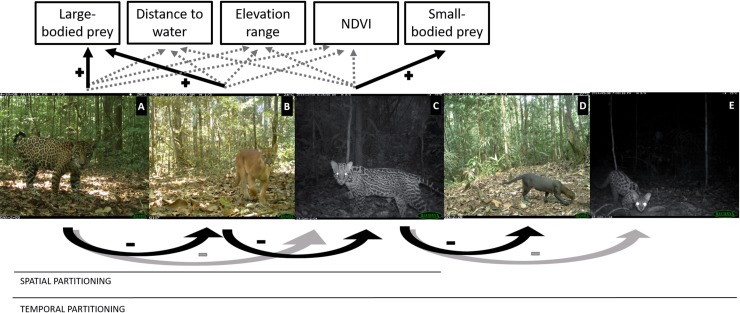Fig 1. Target Neotropical cat species and summary hypotheses.
From large to smaller species: A–Jaguar, B–Puma; C–Ocelot, D–Jaguarundi, and E–Margay. Spatial partitioning hypothesis (including jaguar, puma and ocelot): 1) prey availability would be more important in determining felid habitat use than landscape covariates; 2) based on body weight ratios, jaguar exert negative effects on puma and ocelot, and puma exerts negative effects on ocelot. Temporal partitioning hypothesis (including all five species): higher temporal segregation between species pairs experiencing higher chances of competition. Black arrows indicate strong relationship and grey arrows indicate weaker relationship. Photos by: CAX (A, C and E), COU (B) and YAN (D).

